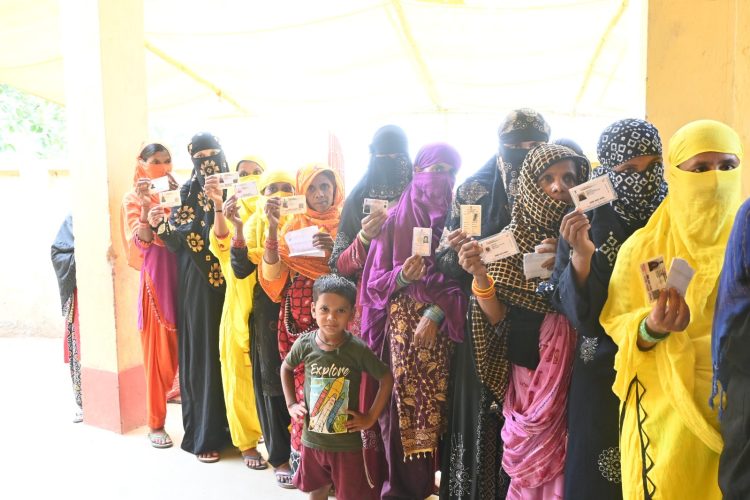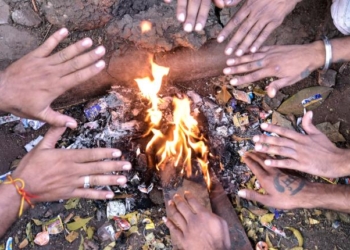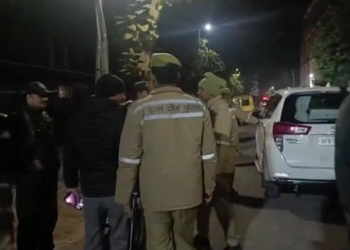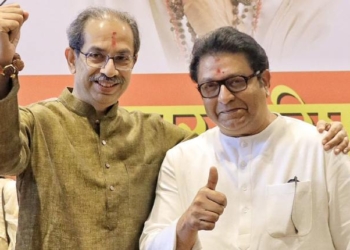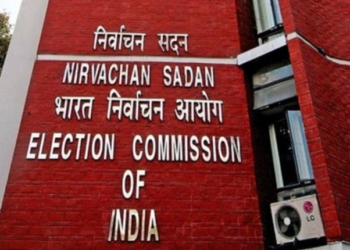Kolkata: After the completion of the sixth phase of Lok Sabha elections in West Bengal on Saturday, two unique features typical to the state make for an interesting picture — high voter turnout and poll-related violence.
In all six phases of the ongoing elections, Bengal’s voter turnout was higher than the national average amid reports of poll-related tension and violence.
In the first five phases, while the national voter turnout average ranged from 61-66 per cent, Bengal saw 76-81 per cent polling.
Even in the sixth phase on Saturday, the polling percentage for the eight Lok Sabha seats in Bengal was 77.99 per cent till 5 p.m., substantially higher than the national average of 57.7 per cent till then.
While this bodes well for electoral politics, the state’s image also got tarnished by reports of poll-related tension and violence in all six phases.
The state went to the polls in the backdrop of widespread violence witnessed before and after the panchayat elections last year that claimed 55 lives. Keeping this in mind, the Election Commission initially decided to deploy 920 companies of Central Armed Police Forces (CAPF) in the state with a phase-wise gradual increase in deployment.
However, given the history of poll violence in the state and the incidents reported during the first five phases, 1,020 companies of CAPF were deployed in the state for the sixth phase alone, out of which 101 companies were kept as reserves.
Sources said the same number of CAPF personnel will be deployed for the seventh and final phase of elections on June 1 when the nine remaining seats in the state will go to the polls.
The poll panel has also decided to retain 320 companies of CAPF in the state till 15 days after the results are announced on June 4 to prevent events of post-poll violence, a phenomenon witnessed on a large scale after the Assembly elections in 2021.
While polling was more or less peaceful compared to the past elections in the first two phases on April 19 and April 26, reports of violence went up substantially in the third phase on May 7, mainly in the two constituencies in Murshidabad district that are infamous for poll-related tension — Jangipur and Murshidabad.
A similar trend continued in the fourth phase on May 13 with reports of violence coming in from Baharampur, Birbhum, Bolpur, and Bardhaman-Durgapur Lok Sabha seats.
In the fifth phase on May 20, violence was reported from Howrah, Uluberia, Hooghly, Serampore, and Barrackpore.
The sixth phase on Saturday proved to be the most violent so far, as incidents were reported throughout the day from all the seats that went to the polls barring Bishnupur and Purulia.
(IANS)




